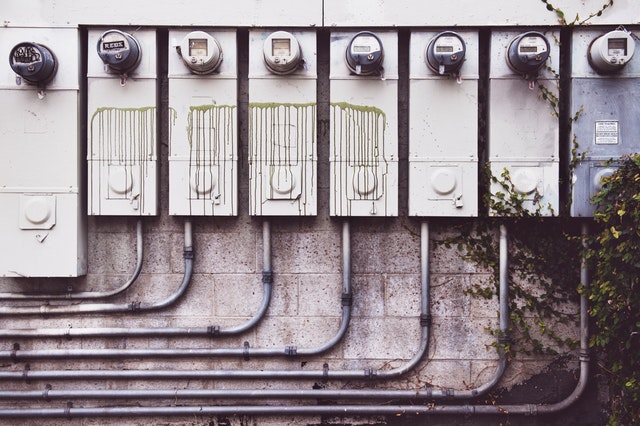Plumbing projects often require planning and choice of materials. You might have seen materials like plastic (PVC), cast iron, copper, and galvanized steel pipes. Usually, these plumbing pipes have specifications of sizes and materials. In this article, we shall analyze the pros and cons of plastic and metal pipes.
Looking At Different Types of Plumbing Pipes
According to most plumbing engineers, the drawback of one pipe might be another’s selling points. Unlike metal pipes that are not corrosion-proof, plastic pipes can withstand harsh environmental effects. Before installation and preventative maintenance tasks, plumbers inspect pipes to know their integrity. It’s the integrity (status) of respective plumbing materials that determines their durability.
Looking At Different Types of Plumbing Pipes
According to most plumbing engineers, the drawback of one pipe might be another’s selling points. Unlike metal pipes that are not corrosion-proof, plastic pipes can withstand harsh environmental effects. Before installation and preventative maintenance tasks, plumbers inspect pipes to know their integrity. It’s the integrity (status) of respective plumbing materials that determines their durability.
The metal – Lead was good material for plumbing pipes, but it’s poisonous. However, galvanized plumbing pipes were very relevant after the Second World War. During flushing, plumbers are careful not to break flexible plastic pipes. When we consider the functionality of your home’s plumbing pipe, they should be easy to install.
What Are The Pros and Cons of Plastic Pipes?
Cross-Linked Polymer Pipes
The common types of plastic pipes for transporting are PEX (cross-linked polymer), and PVC (polyvinyl chloride). You’ll see in the plumbing systems of both commercial and residential buildings. Most people prefer cross-linked polymer pipes because they have some superior features than copper pipes. Moreover, plastic material is easily recyclable and environment-friendly. Let’s check the pros and cons of these plastic pipes.
Pros
- Environmentally friendly and tolerant to high temperatures
- Affordability
- Durability
- Versatility
- Easy to install
- Installation doesn’t need metalwork
- Zero risks of corrosion and water contamination
- Flexible and tough
Cons
- It’s not all municipalities that allow PEX (plastic) materials for plumbing systems.
- They can’t resist much exposure from UV light
Polyvinyl Chloride Pipes
Apart from PEX (cross-linked polymer), you can install PVC (Polyvinyl Chloride) in difficult piping areas. We often see polyvinyl chloride pipes in older homes. While they have a variety of applications, many plumbers like to use PVC pipes to transport high-pressure water. However, PVCs are related to Chlorinated Polyvinyl Chloride (CPVC) pipes. The major difference between these plastic pipes is that PVCs are not vulnerable to sunlight exposures. Let’s check the cons and pros of PVC pipes.

Pros
- Impressive lifespan
- Suitable for high water pressure
- Available in a range of colours like white, cream, and grey
- Lightweight
- Cost-effective
- Easy to install with special adhesives
Cons
- During the transportation of hot water, the heat often deforms PVC pipes
- Pros and Cons of Metal Pipes
Copper
Copper and galvanized materials are respective constituents of two major types of metallic pipes. However, copper has retained its relevance in the plumbing industry. They have different sizes, and grades (Type K, L, and M) of thickness. Let’s check the pros and cons of these plastic pipes.
Pros
- Copper is a sturdy material
- Its durability level is about 50 years
- The material doesn’t contaminate water
- They can resist extreme temperatures
- Metals are prone to corrosion, but copper is weather-proof
Cons
- Copper materials are expensive for plumbing projects
- Copper is not classified as “green” products and cannot be sent to the recycling depot as easily.
Galvanized Steel Pipes
These special plumbing pipes are steel materials with coats of zinc. That layer of zinc helps to prevent corrosion. Let’s check the cons and pros of galvanized pipes.
Pros
- Very Sturdy
- Resistance to extreme temperatures like the winter colds and summer heat.
Cons
- Galvanized pipes are only ideal for can transporting non-potable water
- When there’s a leakage, rust can affect the internal walls of galvanized pipes